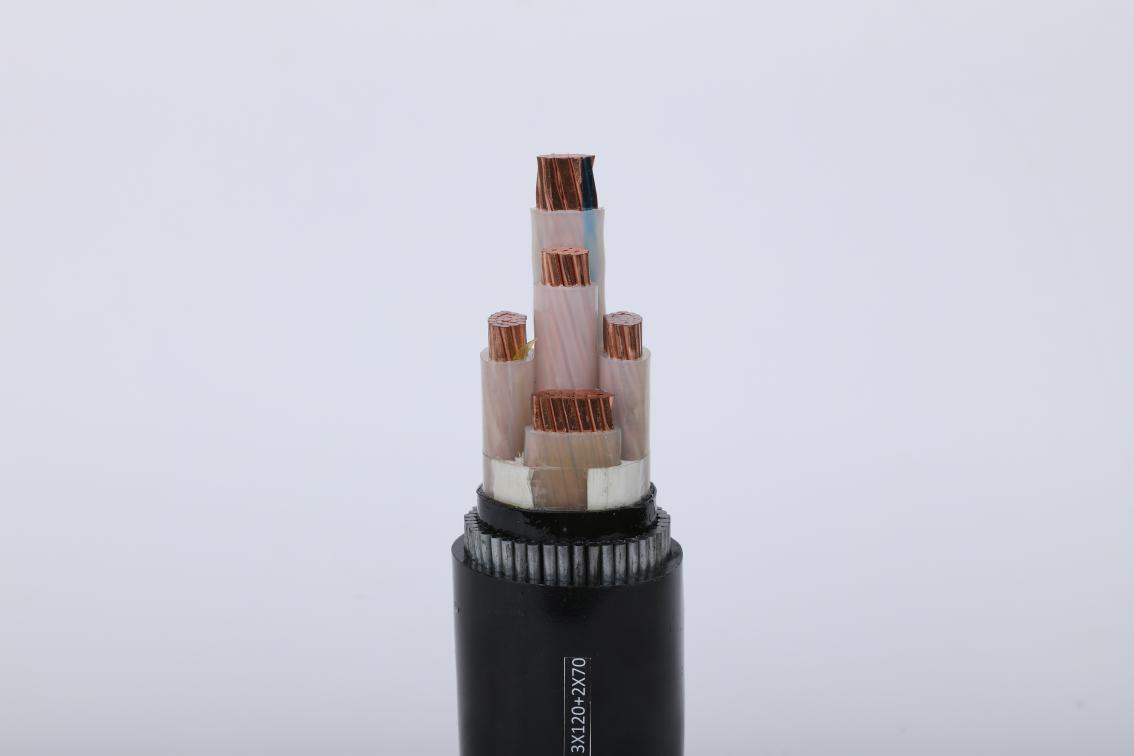
The fault finding of low-voltage cable is not much different from that of high-voltage cable.
The principle, method, and technology are exactly the same.
It is only through when the flashover test and fixed point, the impulse voltage is properly controlled to avoid damage to the overall insulation level of the cable due to excessive surge voltage.
1. The three-head cable process is not standardized. The main reason is that the ground wire or the neutral wire is not handled properly, which makes the test waveform not ideal.
The specific performance is:
A. The intermediate joint steel is not continuous.
B. The steel is not grounded.
2. Test wiring errors. Multi-finger, unshielded, and unshielded multi-core cables can cause the waveform to be unsatisfactory, and even the reflected wave does not cause the rough test to fail.
The specific performance is as follows:
A. Non-test phase is not grounded.
B. Test phase is grounded.
C. Test line and shield line are reversed.
D. Shield line is connected to the ungrounded phase or steel stern.
E. Shielded wire is directly connected to On the grounding post that is not associated with the cable under test.
It can be seen that when we standardize the operation in cable construction, maintenance, and overhaul, the situation will be much better, and the rough measurement of the fault distance will reduce the uncertainty.
In addition, the fault location is a problem because it has many determinants.
This is mainly due to the low voltage cable fault at the fixed point, the impact voltage is generally not high, the energy is not large, and the placement state of the construction long point is not ideal.
Therefore, the mechanical vibration wave and electromagnetic wave at the point of failure point are relatively weak.
Coupled with the sensitivity of the detection equipment, the interference of the monitoring environment, the test technique, and the experience, the work of determining the point in the city is more difficult than the medium and high voltage.
Fortunately, the comparison test equipment has been using sound and magnetic localization technology, which has greatly alleviated the problem of fixed-point men.
The positioning of the fault point of the low-voltage cable is difficult. It should be improved from the following aspects:
First, it is necessary to improve the discharge state of the fault point;
Second, choose to use appropriate testing equipment;
Third, avoid interference from environmental factors.
After that, improve Test skills and skills, strengthen learning, carefully summarize, and constantly accumulate experience in cable fault testing, as much as possible with high-level peers, which is very important for cable fault testing.